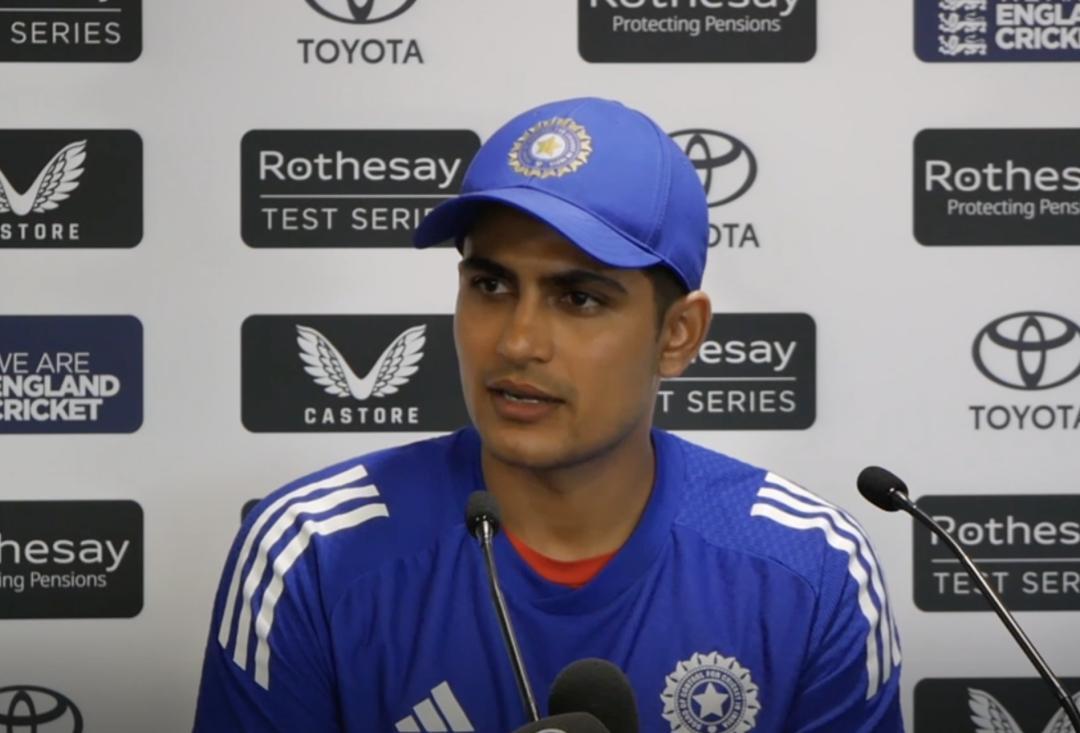
The Game Loses Its Essence: Gill on Flat Pitches & Dukes Ball
The ongoing Test series between England and India has been a tale of two contrasting styles of play. While the Indian batsmen have been dominating the English bowlers, the visiting team’s bowlers have struggled to make an impact on the flat pitches. India’s Test captain, Shubman Gill, recently expressed his concern over the lack of assistance for bowlers in the series, stating that the combination of flat pitches and Dukes ball is making the game difficult for them. In this blog post, we’ll delve into Gill’s statement and explore the implications of his words on the game of cricket.
Gill’s statement, which was made during a press conference, highlighted the challenge that bowlers face when they are forced to spend most of their time on the defensive. He said, “If you know there [are] only 20 overs of any help and then you have to spend the rest of the day on the defensive, thinking how to stop runs, then the game loses its essence.” The Indian captain’s words have resonated with many fans and experts, who have been criticizing the lack of assistance for bowlers in recent years.
The Dukes ball, which is used in English conditions, is known for its swing and seam movement. However, when the pitches are flat and hard, the ball’s movement is greatly reduced, making it difficult for bowlers to extract any significant amount of help. This has been the case in the ongoing series, where Indian bowlers have struggled to take wickets, despite putting in a lot of effort.
Gill’s concern is not unfounded. The lack of assistance for bowlers has been a topic of discussion in cricket circles for some time now. Many experts believe that the flat pitches and the Dukes ball are making the game too one-sided, favoring the batsmen at the expense of the bowlers. This has led to a decline in the art of bowling, as bowlers are no longer required to be as skilled as they once were.
The Indian captain’s statement has also highlighted the need for pitch preparation to become more balanced. While it’s true that English conditions are known for being conducive to batting, it’s equally important for the pitches to provide some assistance for the bowlers. This would require the groundsman to prepare pitches that have some grass, some moisture, and some unevenness, which would allow the ball to swing and seam.
However, it’s not just the pitch preparation that needs to change. The way the game is played also needs to evolve. Bowlers need to be more skilled and innovative in their approach to take wickets. They need to be able to think on their feet and adjust their strategy according to the conditions. This would require bowlers to be more adaptable and have a better understanding of the game.
The game of cricket is all about balance. It’s about finding a balance between bat and ball, between offense and defense. When the pitches are too flat and the ball doesn’t swing or seam, it becomes difficult for bowlers to find that balance. The game loses its essence when one team dominates the other without any challenge or resistance.
Gill’s statement has also sparked a debate on the role of technology in cricket. With the help of technology, umpires can now detect even the slightest amount of swing or seam movement. However, this has led to some controversy, as some bowlers have been punished for not getting enough swing or seam, even when the conditions were not conducive to it.
In conclusion, Gill’s statement highlights the need for a balance in the game of cricket. The pitches need to be prepared in a way that provides some assistance for the bowlers, while the bowlers themselves need to be more skilled and innovative in their approach. The game loses its essence when one team dominates the other without any challenge or resistance. It’s time for the game to evolve and find a balance between bat and ball, between offense and defense.




